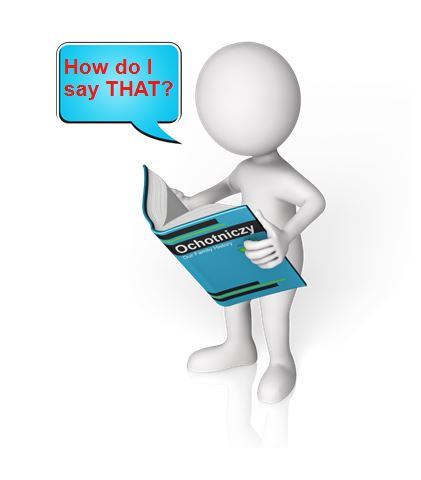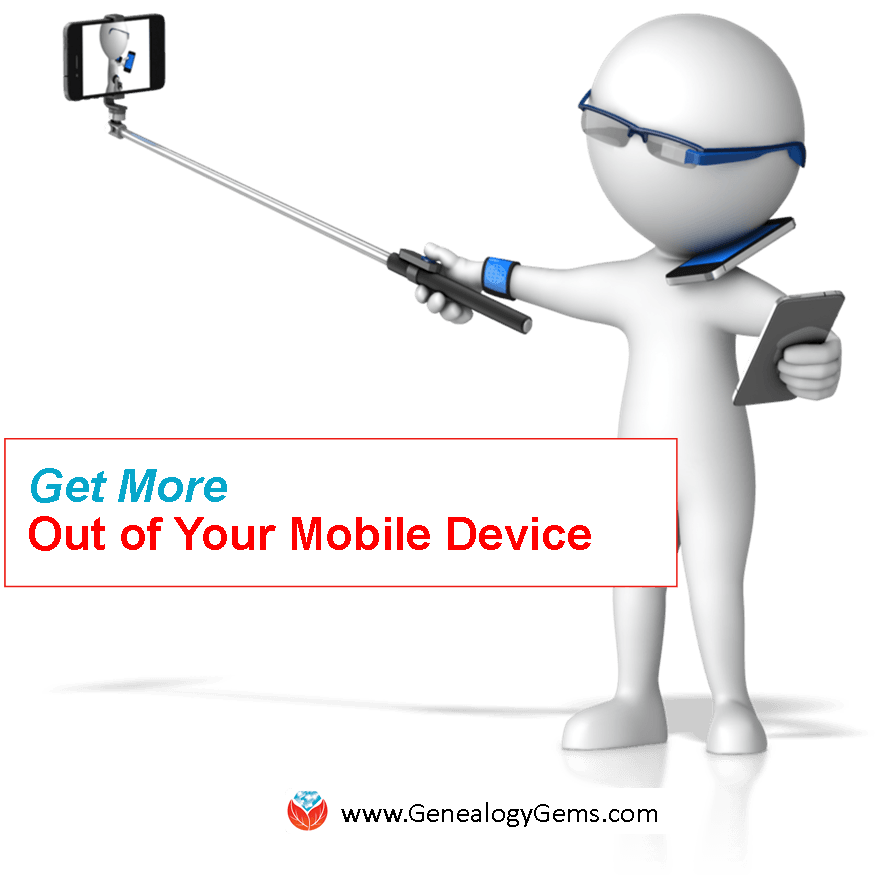Blog


You and Albert Einstein May Have This in Common
Is a cluttered desk a familiar sight to you? Maybe you and Albert Einstein have something in common. Or maybe you’re more like tenacious photographer Ralph  Morse, who captured the now-famous image of Einstein’s desk the day he died.
Morse, who captured the now-famous image of Einstein’s desk the day he died.
Many a genealogist has written to me over the years, heaping discontent on their own heads because of their lack of organization. They are sure that those piles of papers, sticky notes and backs of napkins mean failure on their part. I always assure them that it is the sign of a prolific researcher. I also do my best to share strategies that can help ease the clutter.
But as you can see from an iconic and rare photo of Albert Einstein’s desk published in this Time article online, you are in great company indeed. This image was snapped just hours after his passing 61 years ago today.
The story of this photo is as important as the message it conveys. It’s a story of tenacity: the willingness of one photographer to think outside the box and ask for what he wanted. Certainly this is a trait worthy of a family historian emulating.
Like many other journalists and reporters, Ralph Morse jumped in his car and headed to Princeton when he heard the news of Einstein’s death. The difference between him and the others, however, was that he came prepared with a case of Scotch he picked up along the drive.
I appreciate this part of the story because it reminds me of a piece of advice that I always give in my class on how to find living relatives: “Never show up empty handed.” If we’re going to stretch our hand out in hopes of receiving advice, copies of documents or access to genealogical information, there ought to be something in that hand for the person assisting us. For example, I keep a stack of hard-cover photo books I had made up on my various family lines, ready and waiting to be given to any newly found cousins I hope to interview. (Hmm, should I bring Scotch instead? But I digress….)
Morse approached the building superintendent at the Institute for Advanced Study at Princeton (where Einstein’s had his office) with a bottle of Scotch and a request to look inside. He received immediate, and exclusive, access. The result was an entire series of iconic and totally unique photos.
Guilt over a lack of organization has ground many a productive genealogy research afternoon to a screeching halt. And although good organization is certainly worth striving for, it’s not worthy of derailing your passion for family history.
Although a picture speaks a thousand words, I think I’ll give the last word to Einstein himself:
“If a cluttered desk is a sign of a cluttered mind, of what, then, is an empty desk a sign?”
Genealogy Organization Gems For You
How to Save Time and Actually FIND the Ancestors You’re Looking For
How to Organize Digital Pictures
Cloud Storage and Computer Backup: Why Have Both

How To Pronounce Names: Google Translate and Name Pronunciation Tools
Check out these 3 free online tools that help with how to pronounce names.
Recently, I heard from a Genealogy Gems listener in The Netherlands, who shared research tips for those starting to trace Dutch ancestors. I wanted to mention his email on my free Genealogy Gems podcast, but I didn’t know how to pronounce his name, Niek.
There have been other times I wished I knew how to pronounce names of ancestors or distant cousins, or other foreign words.
I received more than one email regarding the way I mispronounced Regina, Saskatchewan on my Genealogy Gems podcast. I pronounced it with a long “e” sound (like Rageena) when in reality it is pronounced with a long “i” sound (as in Reg-eye-na). I appreciated the correction. But wouldn’t it be nice if you could check how to say something before you say it?
Here are 3 free online tools that can help. They’re each a little different. I’m giving you all three so you can run the name through more than one site to be even more confident you’re getting the right pronunciation.
Google Translate is a powerful, free tool I use for quick translation look-ups. Google Translate now has an audio tool for some languages that will pronounce the words you enter. Look for the speaker icon in the bottom left corner of the translate box and click it:

Google Translate is an awesome free tool for other reasons, too.
As we research our family history it often leads us to records and reference books in foreign languages. The Google Translate app on your phone comes in very handy in such times.
You can translate short bit of text in real time. Here’s an example of a page from a German reference book:

In order to translate this page, I tapped the Camera icon in the app and then held my camera over the page. The image is sent via an internet connection to Google. Text recognition occurs and the text is translated. Here’s what the real-time translation looks like in the Google Translate app:

The translation may not be perfect, but it is much better than not being able to read the page at all.
You can also use the Scan feature to take a photograph of a page or document. This can often give you a better translation because the image is more stable. To do this, tap Scan in the bottom menu. Hold your phone over the page, and then tap the circle button. This is what the initial scan looks like:

Tap the Select All button if you want all the text to be translated. The other option is that you can swipe your finger over just the words that you want translated. As you can see in the image, each word has been individually found by Google providing you with precise selection control You can also tap the Clear button if you want to start over and take the image again. In the image below I have selected a portion of the text on the screen:

The translation is almost instantaneous, and it appears in the blue line at the top. Tap the right arrow on the blue line to see the full translation:

The Google Translate app is continually being improved, and is worth a try if you haven’t used it recently. The most recent updates included better translation quality and support for more languages.
If you would like to learn more about how to use Google Translate, check out chapter 13 in my book The Genealogist’s Google Toolbox.
Click here to read about one of its qualities that actually got a gasp out of the audience when I mentioned it in a lecture.
2. Forvo describes itself as “the largest pronunciation guide in the world, the place where you´ll find millions of words pronounced in their original languages.” It’s like a pronunciation wiki.

A quick search for “Niek” gave me the result shown here. I clicked on “Pronunciation by MissAppeltaart” to hear how that contributor (who is from The Netherlands) said that name.
By the way, you can contribute your own pronunciations by clicking on “Pronounce” to see a list of words that are waiting to be recorded.
3. Pronounce Names is a website that gives you visual cues for pronouncing a name. This can be helpful for those who aren’t sure they heard an audio pronunciation correctly. This is what it looks like when you ask for a name pronunciation for Niek:
Being a visual learner myself, I particularly appreciate this site! I think I would have remembered the correct pronunciation of Regina had I seen it in a format like this.
Now if I could just get the telephone solicitors to use the tools. Maybe then they will stop calling and asking “is Mrs. Cookie there?”
More Free Online Tools–These are Gems!
I’m always on the look up for free online tools that solve problems. Whether you are trying to find genealogy records, solve geographical questions, or you want to identify a face in a photographs, there are tools out there that just may do the trick. Here are three more articles that provides answers to challenges like these.
- Try These 2 Powerful Online Tools for Finding Genealogy Records
- New Online Property Map Tools for U.S. Genealogy Research
- Compare Look-Alikes in Your Family with This Facial Recognition Web App

NGS 2016: FREE Lectures at the Genealogy Gems Booth
Back by popular demand: free Genealogy Gems sessions in the NGS 2016 exhibitor hall. Fabulous speakers, prizes and a free e-book to everyone who comes!
After a fabulous response last year, Genealogy Gems will once again host FREE presentations in the exhibitor hall at the National Genealogical Society conference on May 4-6, 2016 in Ft. Lauderdale.
If you’re attending NGS 2016, check out the 30-minute power sessions below, being taught by powerhouse presenters Lisa Louise Cooke, Your DNA Guide Diahan Southard and Family Tree Magazine writers Lisa Alzo and Jim Beidler. You’ve heard them on the Genealogy Gems podcast and the Family Tree Magazine podcast and you’ve read their work in the magazine and on this blog: now come see them in person!
These smaller free sessions at our booth (#228) offer a great way to meet these top speakers and hear them teach their most popular topics. Because  these sessions have been standing-room-only at recent conferences, this year we have created a brand new Genealogy Gems Theater with MORE room to sit and enjoy each session. When you attend, you can sign up for a free e-book with all the session handouts and enter to win a fabulous grand prize, too.
these sessions have been standing-room-only at recent conferences, this year we have created a brand new Genealogy Gems Theater with MORE room to sit and enjoy each session. When you attend, you can sign up for a free e-book with all the session handouts and enter to win a fabulous grand prize, too.
Click here to check out the full Genealogy Gems Theater schedule, see an exhibit room map and download a schedule and prize entry form.






